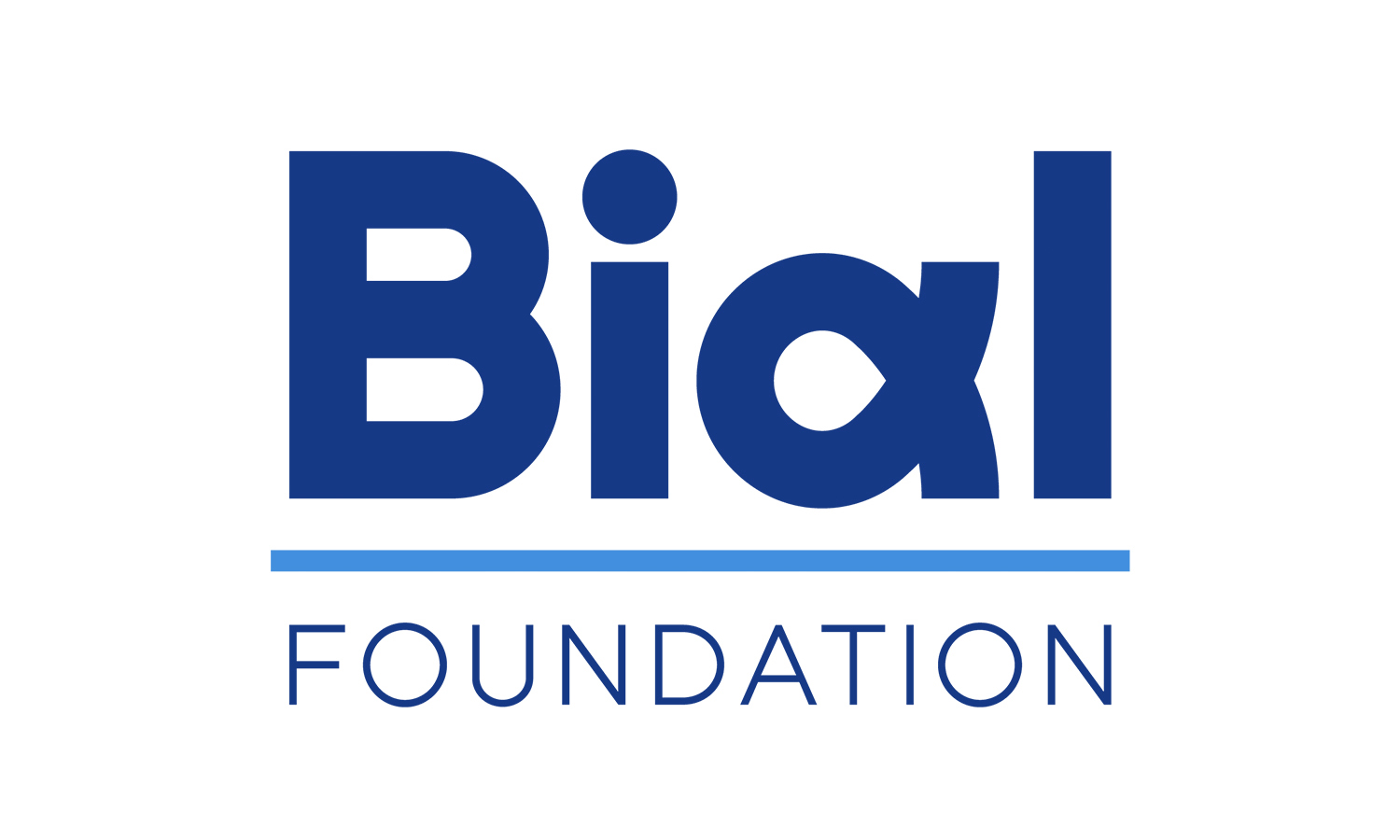Research has shown that placebo-related expectations are linked to activation changes in regions involved in attention and cognitive control (e.g., anterior cingulate cortex), as well as somatosensory integration (insula and parietal regions). However, these studies have typically used deceptive placebos presented as active treatments. To date, the effects of non-deceptive placebos, or open-label placebos (OLPs), that is patients are fully aware that they are not taking an active medication, have not been fully explored. Anne Schienle and Albert Wabnegger conducted an fMRI study to examine the effects of open-label placebos on emotional regulation, specifically in reducing feelings of disgust. Participants rated the expected effect of the OLPs before the experiment and evaluated the perceived effect after the experiment. Results indicated that when participants’ expectations concerning the OLP treatment were met, there was reduced brain activity in key brain areas, including the anterior cingulate cortex, insula, parietal regions, as well as parahippocampus. These areas are crucial for identifying meaningful stimuli and for evaluating both the emotional relevance and context of an experience. Thus, the decrease in activity in these areas suggests that when expectations are met, the brain processes the emotional salience and context of the stimulus more efficiently and with less intensity, contributing to emotional regulation. This study, published in the journal Brain Research Bulletin, in the paper Neural correlates of expected and perceived treatment efficacy concerning open-label placebos for reducing emotional distress, was supported by the BIAL Foundation, in the scope of the research project 03/22 - The power of imagination: Neural effects of imagined placebo intake.
ABSTRACT
Background:
Treatment expectations for open-label placebos (OLPs) - placebos prescribed transparently - refer to what a person anticipates will happen as a result of taking the placebo. The actual outcome of OLP treatment may deviate from the initial expectation.
Method:
A total of 108 participants received OLP treatment for reducing visually induced emotional distress during functional magnetic resonance imaging. They rated the expected effect of the OLP before the experiment, and evaluated the perceived effect after the experiment. Ratings reflecting the degree of outcome deviation from expectation were correlated with brain activity in regions of interest (dorsolateral/ventrolateral prefrontal cortex, anterior cingulate cortex (ACC), insula, inferior parietal cortex).
Results:
Activity in the ACC, the insula, and parietal regions (region-of-interest findings), as well as the parahippocampus (whole-brain finding) was lower when the perceived treatment outcome met or even exceeded expectations.
Conclusion:
A positive expectation-outcome evaluation for the OLP was associated with reduced activity in brain regions decoding the salience (insula, ACC) and context of stimuli (parahippocampus). These findings shed light on the mechanisms through which OLPs influence emotion regulation.





































































